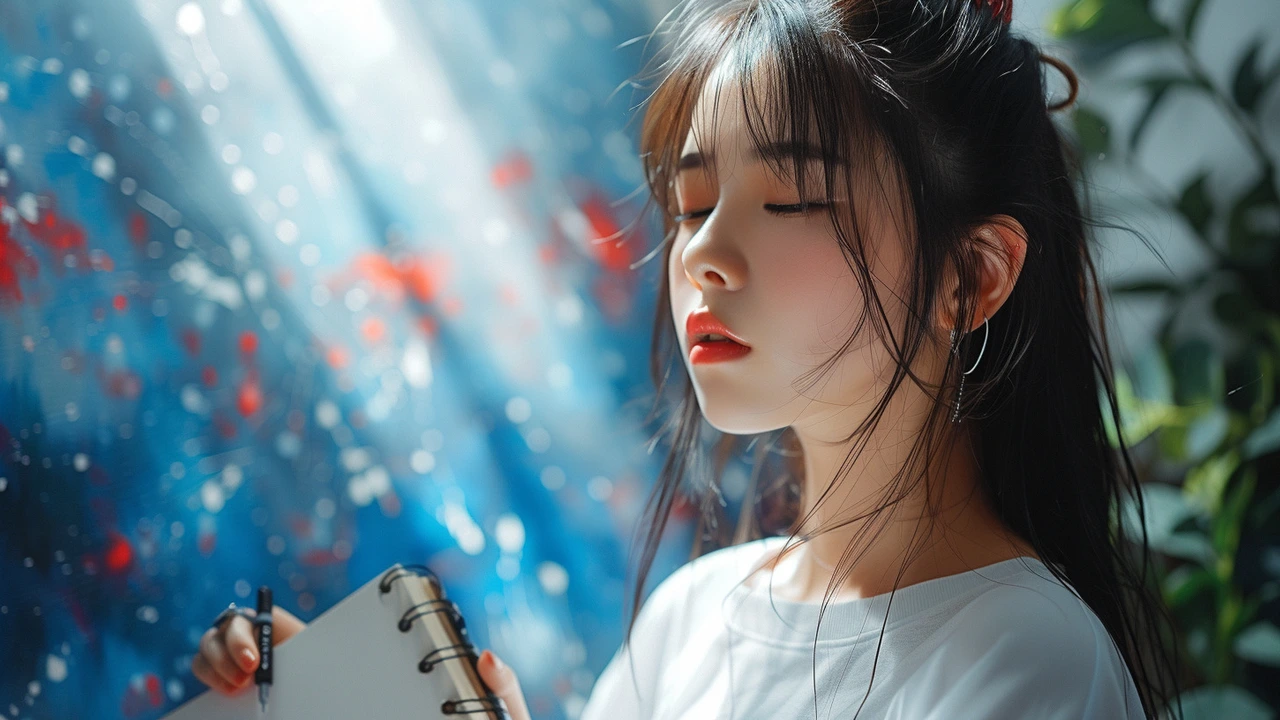Post-Impressionism Art: How to See and Paint Beyond Impressionism
Post-Impressionism started as a pushback against Impressionism’s focus on light and fleeting moments. Artists wanted more — more structure, more emotion, clearer design. The result: bold colors, visible brushwork, new ways of building form and telling a story on the canvas. If you want to understand or try Post-Impressionism, focus on three things: color with meaning, simplified shapes, and deliberate brushwork.
Why care? Because Post-Impressionism gave us Van Gogh’s raw energy, Seurat’s scientific dots, and Cézanne’s studies in building form. Those moves didn't just change painting; they set the stage for modern art. You don't need to copy them—use their ideas to make your work more intentional.
Key artists and styles
Vincent van Gogh — emotional color and thick, directional strokes that follow form. Study his compositions, not just his colors. Paul Cézanne — breaking objects into planes and using color to build shape. Look at how he simplifies a landscape into blocks. Georges Seurat — pointillism: tiny dots that mix in the eye. Paul Gauguin — symbolic colors and flat areas of tone (cloisonnism). Each artist solved the same problem differently: how to go beyond what the eye sees to what the painting feels or means.
Quick techniques to try
Try a 30-minute study where you limit your palette to three colors plus white. Force color choices that express mood, not reality. Make brush marks that follow the object’s form—curved strokes around a bowl, angled strokes on a roof. For pointillism, use small dots of pure color and step back to let the colors mix visually. To work like Cézanne, block in shapes with flat patches of color before adding detail.
Make small experiments: one canvas for emotion (use wild, non-natural colors), one for structure (reduce objects to cylinders and cubes), one for pattern (flat shapes and bold outlines). Keep notes on what each choice changes in the final image—color, depth, mood. That habit speeds up learning more than copying a famous painting.
Where to look for inspiration: search museum collections online — Van Gogh Museum, Musée d'Orsay, and digital archives of major museums. Compare rough sketches to finished works to see how ideas developed. If you're teaching or showing someone Post-Impressionism, point out how each artist rethought light, form, and color in their unique way.
If you collect or display Post-Impressionism, think about lighting and frame choice. Warm, directional light brings out thick paint and brushwork; neutral light flattens color. Choose simple frames for Cézanne-style pieces and bolder, textured frames for Van Gogh-like works. When curating a small show, group works by idea — color experiments, structure studies, and pattern pieces — so viewers see the through-line. Label each piece with a short note about the artist’s technique to help non-experts connect.
Ready to try? Start small, pick one idea from above, and commit a single canvas to it. Change one variable at a time—palette, brushwork, or structure—and you'll see which Post-Impressionist idea actually moves your work forward.
Practice often; small, focused experiments change your painting fast today.

